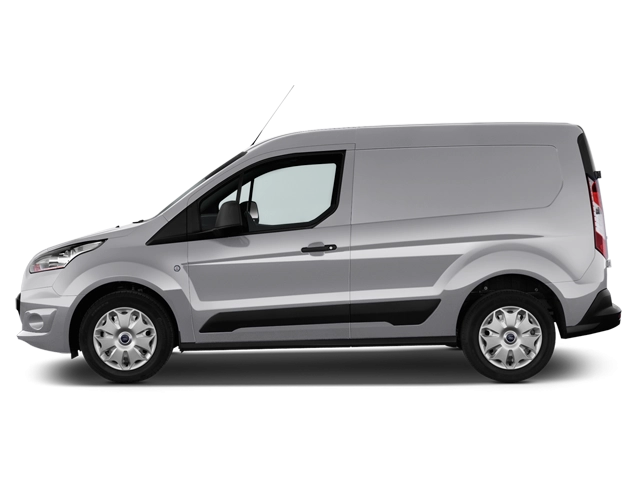2011 Ford Transit Connect Owner's Manual

Table of Contents
2011 Ford Transit Connect Overview
Introduction
The 2011 Ford Transit Connect is an innovative and versatile vehicle designed to meet the demands of small business owners and urban commuters alike. This compact van offers a unique blend of functionality, efficiency, and ease of use, making it a preferred choice for those who require a dependable workhorse without compromising on comfort or style. With its spacious cargo area and maneuverable design, the Transit Connect stands out in the competitive small van market.
Powertrains
The 2011 Transit Connect is powered by a 2.0-liter inline-4 engine that produces a robust 136 horsepower and 128 lb-ft of torque. This engine is paired with a 4-speed automatic transmission, ensuring smooth transitions and reliable performance. With an EPA rating of 21 city and 26 highway mpg, the Transit Connect is designed for efficiency, making it an economical choice for both business and daily commuting needs.
Trims
Features
Standard features of the 2011 Transit Connect include manual windows, air-conditioning, and a four-speaker sound system. Higher trims offer additional amenities such as power windows and locks, cruise control, Bluetooth connectivity, and touchscreen navigation. The spacious interior is designed for functionality, providing adjustable seating and ample headroom, while the rear cargo space can be configured to fit various loads.
Owners Manual
The owner's manual for the 2011 Ford Transit Connect serves as an essential resource, providing valuable information about vehicle maintenance, operation, and troubleshooting. It includes detailed specifications, safety features, and guidelines for optimizing your driving experience. With clear instructions and diagrams, the manual ensures that owners can make the most of their Transit Connect, empowering them to handle any situation with confidence.
User manual download
The Ford Transit Connect owner manual for the 2011 model year is to be found in PDF downloadable format on this page. The owner manual for the model year 2011 is free and in English, but the repair manuals are usually not easy to get and may cost more.
Manual Questions
Fill the form below and someone will help you!

